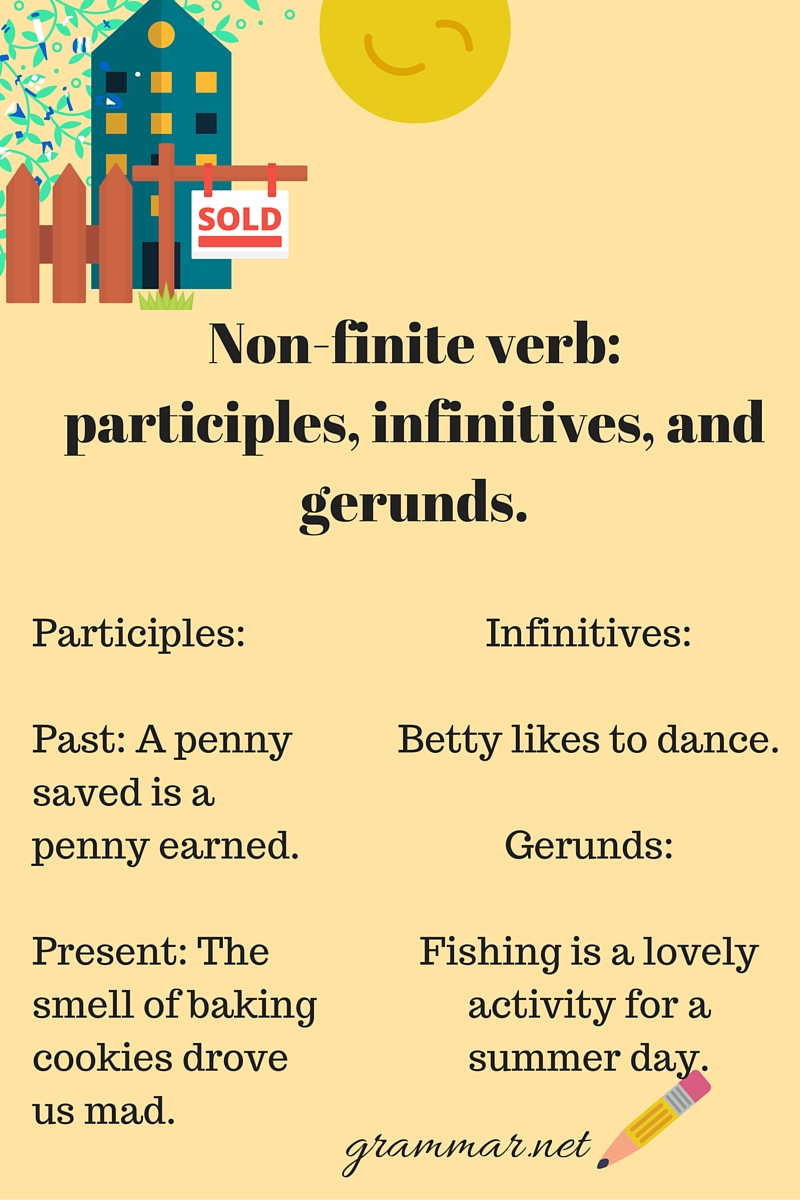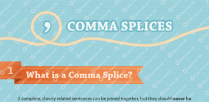Finite verbs need no assistance from other words and can form complete sentences with only a noun, such as “Bob walked,” “horses grazed,” “we sang.” Non-finite verbs, on the other hand, are not used in a subject and single verb predicate scenario. They are not inflected and do not show tense, number, mood, person, aspect or gender. Non-finite verb are also known as “verbals.”
There are three types of non-finite verb: participles, infinitives and gerunds.
Participles
This form is used as an adjective and there are two types, past and present. Past usually ends in -ed, -d, -en, -n or -t; present ends in -ing.
Past: “A penny saved is a penny earned.”
Past: “The frozen popsicle began to drip.”
Present: “The smell of baking cookies drove us mad.”
Present: “The galloping horse began to slow down.”
Infinitives
This form usually follows “to” and can be used as an adjective, adverb or noun.
“Betty likes to dance.”
“I think Freddy is going to propose tonight.”
“Vinnie paid to watch the fight on cable.”
Gerunds
This form ends in -ing and might look like a present participle but it is only used as a noun.
“People like to come here for the camping.”
“Fishing is a lovely activity for a summer day.”
“Ed’s favorite evening activity is eating and watching baseball.”







